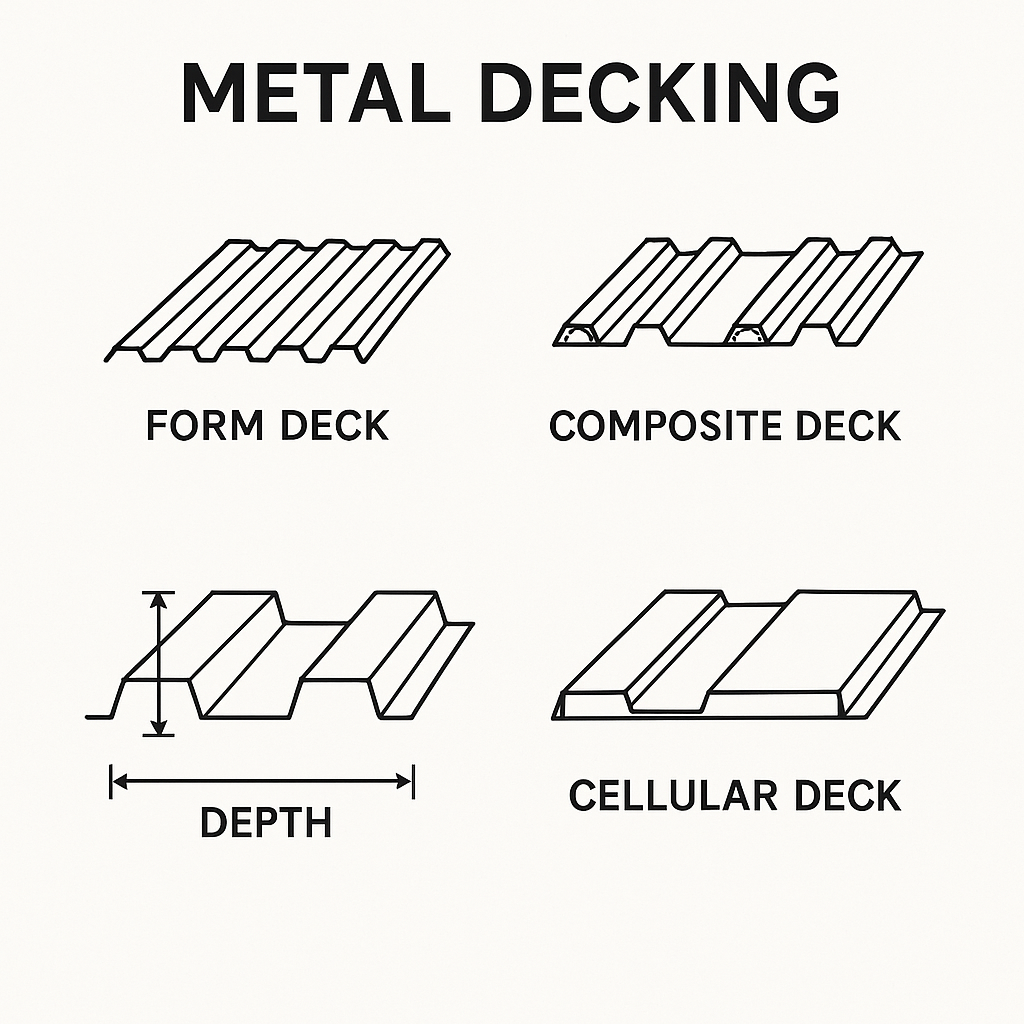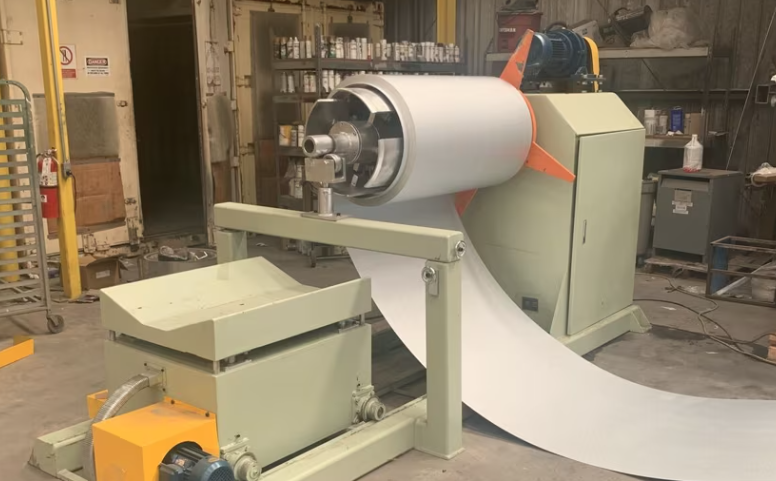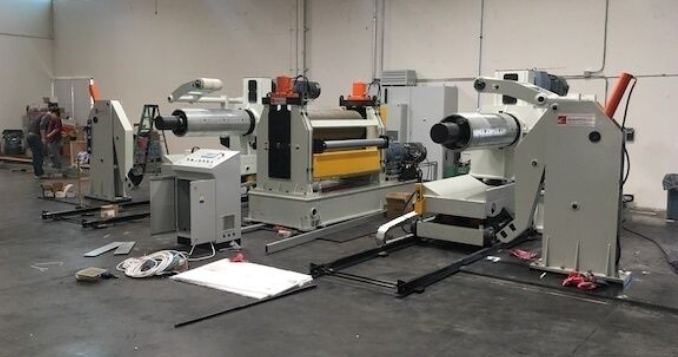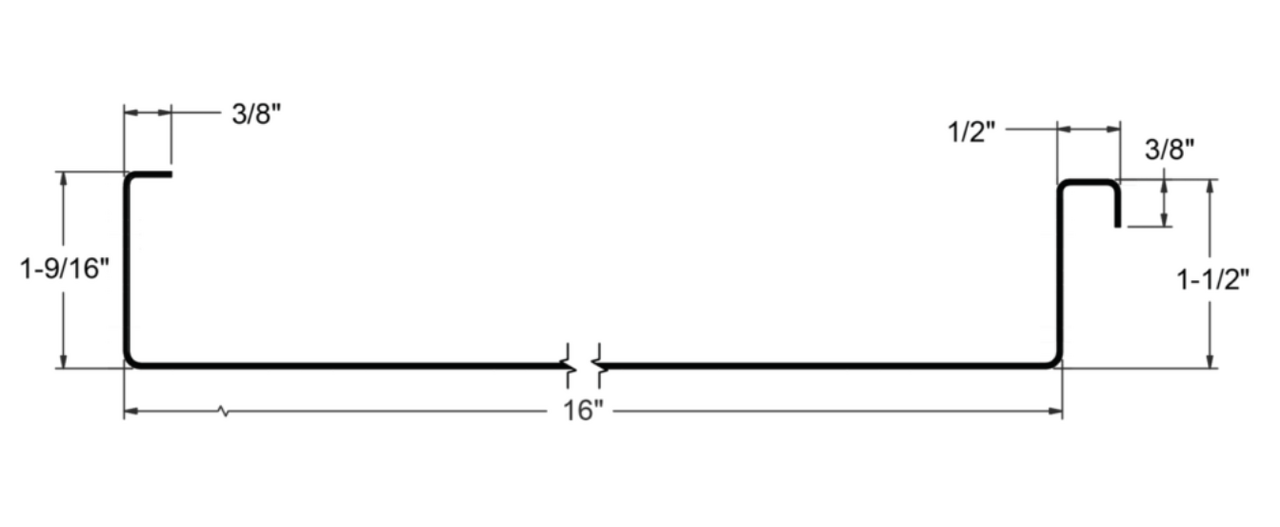
Posted on Friday, May 23, 2025
Metal decking is a critical component in modern construction, particularly for buildings that require strength, fire resistance, and cost-effective concrete reinforcement. Whether you're working on commercial floors, industrial mezzanines, or multi-story residential buildings, understanding metal decking types, materials, spans, and manufacturers is key to making informed project decisions.
In this guide, we’ll explore:
Common materials and coatings
Metal deck profile types
Sizing and span capacity
Installation process
Usage with concrete in composite flooring systems
Top manufacturers in the U.S. and globally
Metal decking refers to sheet metal panels, typically galvanized steel, used as structural support for concrete slabs or roofing systems. It acts as a permanent formwork for concrete in composite floor systems and provides lateral stability.
Most metal decking is fabricated from:
Galvanized Steel (G60 or G90 coating): The most common, offering corrosion resistance.
Galvalume (aluminum-zinc coated steel): Enhanced corrosion protection, ideal for coastal or humid climates.
Cold-Rolled Steel: For higher tensile strength applications.
Stainless Steel: For special environments (e.g., chemical plants or marine applications).
Painted Steel or Primed Coated Decking: Often used in visible ceiling systems for aesthetics and additional protection.
Metal deck thickness ranges from:
22 gauge (0.0299") – light-duty
20 gauge (0.0358") – standard for most concrete decking
18 gauge (0.0474") – heavy-duty spans
16 gauge (0.0598") – for long spans or high loads
There are three main types of structural metal deck used with concrete:
Used only as a concrete form
Does not bond structurally with concrete
Often used in short-span slab systems
Designed to bond with concrete via embossments and ribs
Carries shear between the steel and concrete slab
Increases load capacity and reduces overall floor thickness
Features a flat bottom surface (used for aesthetics or cable management)
Available as form or composite deck
Can integrate lighting and utilities
Metal decking comes in standardized widths and depths:
| Profile Type | Depth | Cover Width | Typical Gauges |
|---|---|---|---|
| 1.0" Form Deck | 1" | 36" | 22, 20 |
| 1.5" Composite | 1.5" | 36" | 22, 20, 18 |
| 2.0" Composite | 2" | 36" | 22, 20, 18 |
| 3.0" Composite | 3" | 36" | 22, 20, 18, 16 |
| Cellular Deck | 1.5–3" | 36" | 20, 18 |
Span depends on profile depth, gauge, and whether shoring is used. Here's a general guide:
| Deck Profile | Gauge | Max Unshored Span (ft) | Max Shored Span (ft) |
|---|---|---|---|
| 1.5” Composite | 22 | ~5–6 ft | ~8–10 ft |
| 2.0” Composite | 20 | ~6–8 ft | ~10–12 ft |
| 3.0” Composite | 18 | ~9–11 ft | ~12–14 ft |
Always consult manufacturer span tables based on specific concrete thickness and loading conditions.
Layout & Planning
Start with approved drawings. Ensure joists or beams are aligned and ready for deck attachment.
Placing the Deck
Panels are lifted and placed on supports using cranes or forklifts. Workers begin fastening from one end.
Fastening the Panels
Use:
Welds
Screws
Pneumatic pins (like Hilti or Ramset)
Side-Lap Connections
Panels are overlapped and connected using:
Button punch tools
Stitch screws
Shear Stud Installation (for composite decks)
After decking is fastened, shear studs are welded through the deck to connect concrete slab and beams.
Pouring Concrete
Once reinforcement and edge forms are in place, concrete is poured and leveled.
When used in composite systems, metal floor decking forms a key part of a structural slab:
Acts as a working platform during construction
Forms the base for pouring concrete
Bonds with concrete to support live and dead loads
Reduces the need for temporary shoring
Decking can also include embossments to enhance bond strength and cellular sections to accommodate conduits or aesthetic ceilings.
Metal decking is widely used in:
Commercial Buildings (office towers, malls, schools)
Industrial Structures (warehouses, plants, factories)
Residential High-Rises (multistory apartments)
Infrastructure Projects (stadiums, transportation hubs)
Parking Garages (as composite slab formwork)
ASC Steel Deck
New Millennium Building Systems
Canam Steel Corporation
Wheeling-Nisshin
Nucor Building Systems
Verco Decking, Inc.
Centria
ClarkDietrich Building Systems
Cordeck
Metal Deck Supply
Kingspan Group (Ireland)
Tata Steel (UK/India)
BlueScope Steel (Australia)
ArcelorMittal Construction (Luxembourg)
Ruukki Construction (Finland)
Metsec (UK)
JFE Steel Corporation (Japan)
POSCO (South Korea)
SSAB (Sweden)
Bhushan Power & Steel (India)
Dongkuk Steel (South Korea)
HADLEY Group (UK)
Metroll (Australia)
PEMBINAAN PENTA (Malaysia)
Everdeck (UAE)
Zamil Steel (Saudi Arabia)
Kirby Building Systems (Kuwait/India)
Severstal (Russia)
Voestalpine (Austria)
Aluform System GmbH (Germany)
Form deck supports wet concrete only, while composite deck becomes part of the structural slab once cured.
Yes, in roofing applications or mezzanine floors where metal decking alone provides structural support.
Between 0.0299” (22 gauge) and 0.0598” (16 gauge), depending on profile and load requirements.
Galvanized (G90) or Galvalume provides durable corrosion resistance, especially in exposed conditions.
Composite floors may need additional fireproofing depending on building codes, often applied to the underside.
Metal decking is a powerful, efficient solution for concrete flooring systems in commercial, industrial, and multi-residential construction. With numerous profile types, material grades, and design options, understanding how to select and install the right metal deck is essential for structural performance and cost efficiency.
If you’re sourcing metal decking or roll forming machines to manufacture decking profiles, Machine Matcher can help match you with trusted suppliers globally—whether you need raw materials, custom equipment, or full line solutions.

Understanding Coil IDs, Mandrel Sizing, and Shear Pin Safety in Uncoilers
Posted on Wednesday, October 1, 2025
Mismatched sizes can lead to machine damage, downtime, and safety hazards — often evidenced by a shear pin failure.

How Coil Tensile Strength Affects Roll Forming and How to Adjust Your Machine
Posted on Wednesday, October 1, 2025
Changes in tensile strength can significantly affect the finished profile, causing misaligned bends, uneven edges, and out-of-spec parts.

Why Paint Cracks on an Embossing Line Running Pre-Painted Coil and How to Prevent It
Posted on Wednesday, October 1, 2025
This issue not only affects the visual quality of the product but can also lead to increased scrap rates and customer complaints.

The Most Popular Standing Seam Metal Roof Panels in the U.S. — A Comprehensive Guide
Posted on Monday, September 29, 2025
In this post, we’ll explore what panel styles and sizes are most popular in the U.S